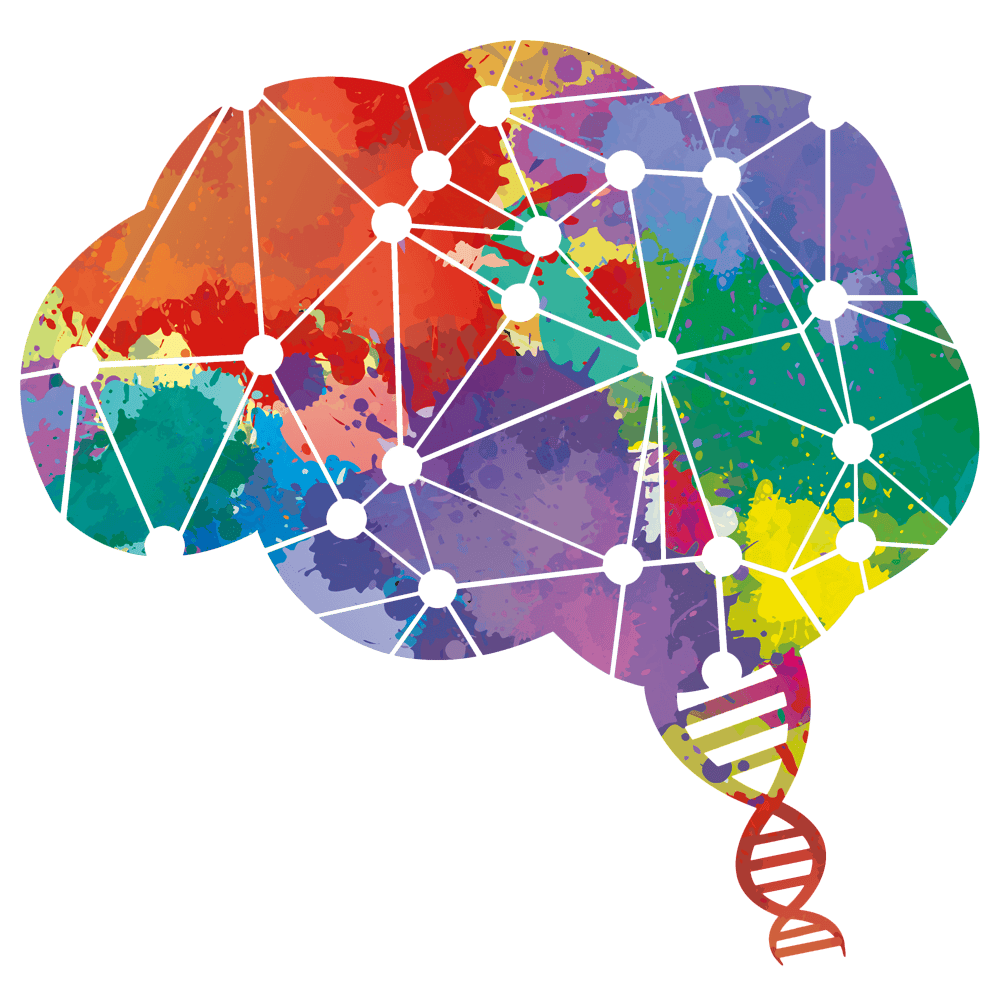Two co-leaders of the Brainscapes consortium have contributed to successfully map the different cell types of the motor cortex and other cortical areas in the brain. These accomplishments showcase the envisioned collaboration between several Dutch institutes to unify the informatics and neuroscience research field for the development of treatment for brain diseases.
Brainscapes
The aim of Brainscapes is to map in detail the biological mechanisms underlying multiple brain disorders (‘brainscaping’). Recent genetic discovery studies have provided unprecedented insight into the genes involved in brain disorders. The next step is to use this knowledge for gaining mechanistic disease insight, though an extremely complex task to fulfill due to the involvement of many different research fields that all speak their own language. Brainscapes is therefore dedicated to bring together geneticists, bioinformaticians and neuroscientists to develop novel analytic and experimental tools to study the functional consequences of risk genes on the function of specific cells, their circuits and functional output. This all in the context of brain diseases, ultimately with the identification of novel drug targets.
Two co-leaders of Brainscapes, Huib Mansvelder and Boudewijn Lelieveldt, also take part in a major international study called the BRAIN initiative Cell Census Network, worth more than 4 billion dollars, of which the goal is to map all brain cells of several species including human. Nature has devoted a special 17-paper issue to describe the first BICCN’s findings covering the motor cortex, including 2 papers to which Mansvelder and Lelieveldt contributed with their specific functional and informatics expertise, respectively.
Neuroscientific contribution
 VU scientist Huib Mansvelder and his team, together with neurosurgeons from the VUmc, worked on a study of living neurons from brain tissue donated by patients from neurosurgical operations to treat epilepsy or brain tumors. To typify brain cells, the molecular signature of gene expression was determined for each cell individually. The human brain contains about 86 billion nerve cells and to determine the expression of ten thousand genes or more from each cell individually is an exciting challenge. The study to which Mansvelder and team contributed goes a step further, namely by studying the consequences of gene expression for cell shape and function of the mapped cell types. Mansvelder: “We find that these evolutionarily developed parts of the human brain contain cell types that cannot be seen in mice. The increased molecular diversity in humans is reflected in the diversity in the shape and function of the cells. The more ‘human-specific’ brain cell types are among the first to disappear in Alzheimer’s disease.”
VU scientist Huib Mansvelder and his team, together with neurosurgeons from the VUmc, worked on a study of living neurons from brain tissue donated by patients from neurosurgical operations to treat epilepsy or brain tumors. To typify brain cells, the molecular signature of gene expression was determined for each cell individually. The human brain contains about 86 billion nerve cells and to determine the expression of ten thousand genes or more from each cell individually is an exciting challenge. The study to which Mansvelder and team contributed goes a step further, namely by studying the consequences of gene expression for cell shape and function of the mapped cell types. Mansvelder: “We find that these evolutionarily developed parts of the human brain contain cell types that cannot be seen in mice. The increased molecular diversity in humans is reflected in the diversity in the shape and function of the cells. The more ‘human-specific’ brain cell types are among the first to disappear in Alzheimer’s disease.”
 Informatics contribution
Informatics contribution
Where Mansvelder is a pioneer in designing and applying revolutionizing functional methods, Leliveldt is a pioneer in the development of informatics tools. In collaboration with another Brainscapes member from TU Delft, Thomas Höllt, Lelieveldt made a key contribution to the data visualization of a study establishing the relationship between gene, expression, regulation and the DNA 3D structure of 300,000 individual brain cells to create a kind of cellular periodic table. “Our main challenge was displaying very complex data in a way that any hidden information within it can be interpreted more easily ‘as if it were a picture book’”, explains Thomas Höllt of TU Delft.
Brainscapes collaborative efforts
“You can compare this whole special issue a bit to a mission to Mars, where we have been asked to develop a few parts for the rocket. In the grand scheme of things, our contribution is a small one – but it was still a tremendous honor – and now we got to witness the aircraft land,” Lelieveldt explains. The impact of this special BICCN issue will be huge in the field of neuroscience, including the research performed within the scope of Brainscapes. The BICCN-related Dutch collaborative efforts are just a small part of Brainscapes. In addition to LUMC, TU Delft and VU, also UMCU Utrecht, Amsterdam UMC, and the Hubrecht institute are actively working together to bridge the gap between genetics and neuroscience. Considering that the start of 10-year Brainscapes project was less than 2 years ago, more extraordinary collaborative efforts with mind-blowing results are definitely expected.

